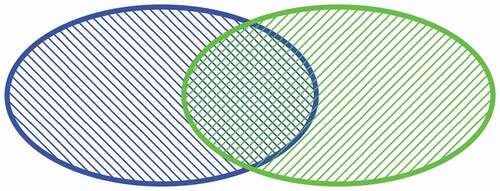Figures & data
Figure 1. Two methods of geographic object representation in the DGGS model. (a–c) Cell subset method and (d–e) Vertex cell subset. (a) point objects, (b) and (d) line objects, and (c) and (e) polygon objects.
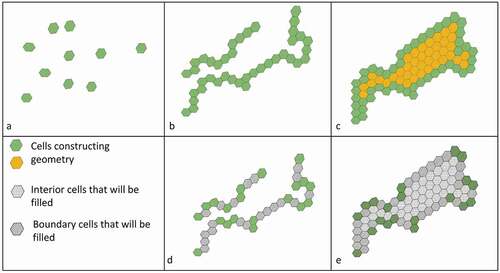
Table 1. Required metadata for different types of geographic model representations.
Figure 3. Overlap topological relation between two DGGS features and
for the standard topological model.
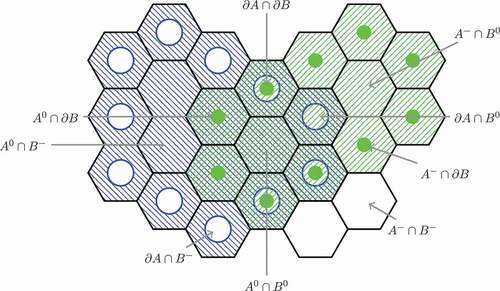
Figure 4. Overlap topological relation between two DGGS features and
for Clementini and Di Felice’s topological relationship number 21 in their extended model (Clementini & Di Felice, Citation1996).
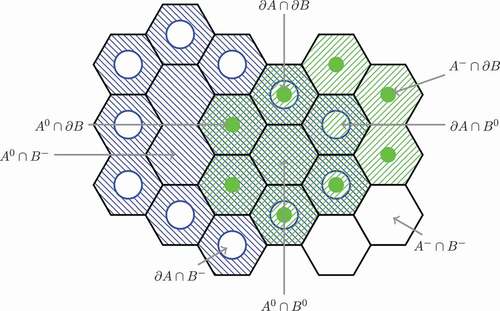
Figure 5. Temporal and geographical data integration for wildfire modelling. Each cube is representative of the specific theme for wildfire, and the cell size in each cube is representation of spatial resolution of the input data. The depth of each cube is the temporal dimension.
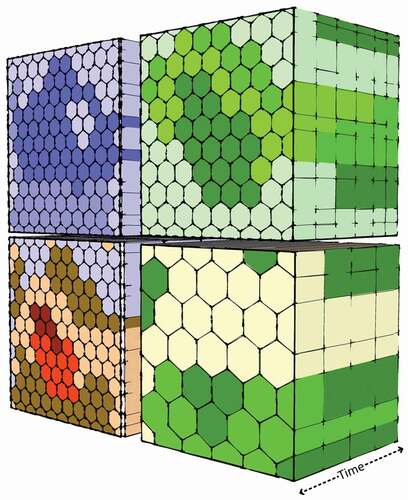
Figure 6. The decomposition of a sample rendering process on a server using current rendering engines (mapnik).
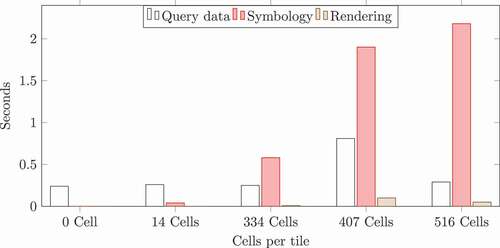
Figure 7. Two different buffer algorithm methods. (a) Using the cell subset method: (a1) A recursive method. In each iteration, we first find neighbours of the border cells of the object and add them as the new border, (a2) then add the previous border to the interior cell group and at the end, remove the common cells between the new border and new interior from the new border set of cells. (b) Using the vertex cell subset method: For each cell, in the border, we first find cells in the 6 main hexagonal directions that are at the buffer distance and then remove the duplicates and store them as a subset of cells.
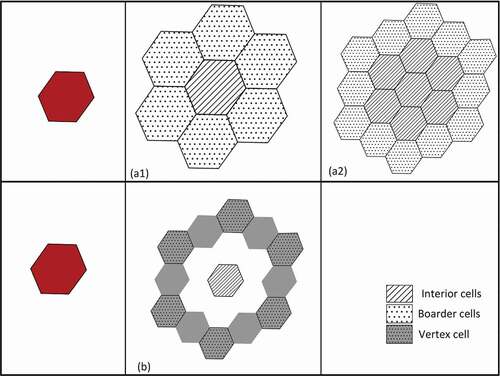
Figure 8. Intersection algorithm methods: (a) finding the intersection of two geometries using DGGID and the table join method and (b) finding intersecting objects with a minimum boundary hexagon and parent-child relations as auxiliary data.
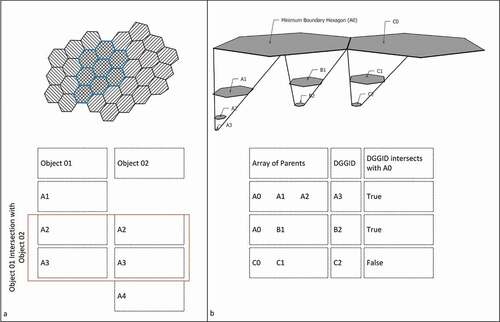
Table 2. A short summary of the current challenges for DGGS as a GIS and some of the existing research related to them.
Data availability statement
Data used in this paper are available upon request from the corresponding author.

